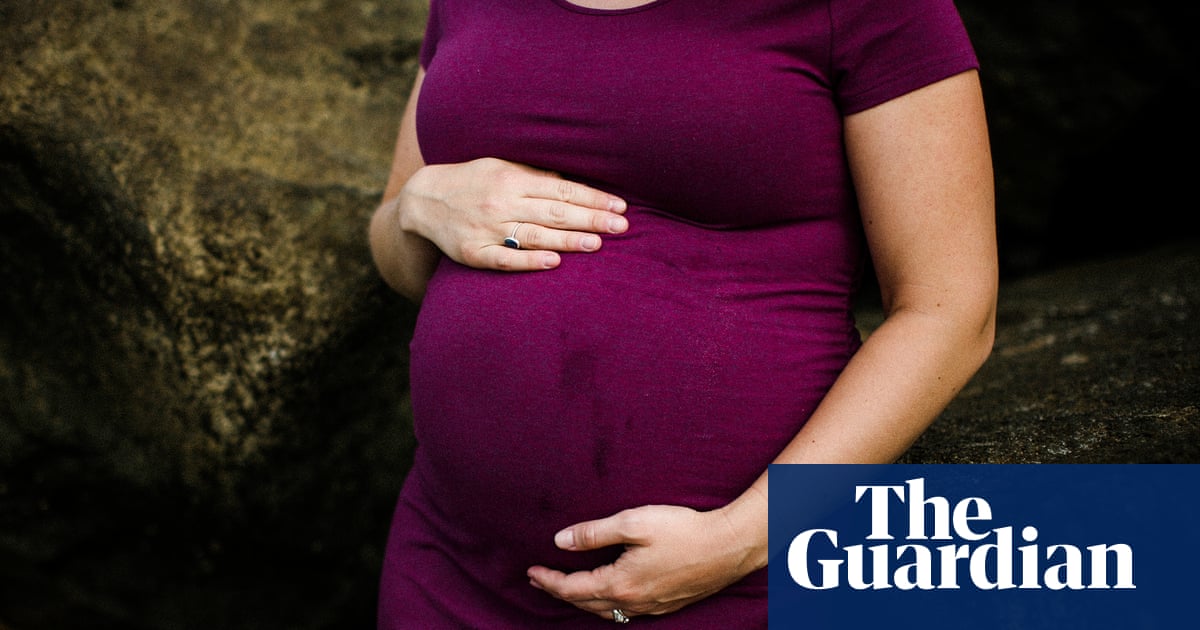More than a third of US counties do not have a single medical birthing facility or the services of an obstetric clinician, causing health advocates to warn about the dangers of “maternity care deserts”, a new report says.
The report (PDF), issued by March of Dimes, an infant health non-profit, and published on Tuesday, found that 35.1% of US counties are what the group calls maternity care deserts, meaning there are no specialist medical services available to provide care.
These 1,104 counties are home to more than 2.3 million women of reproductive age, the report states, and in these counties in 2022, women gave birth to more than 150,000 babies.
The report says that women living in such care deserts and counties with low access to care are more likely to have poorer health before pregnancy, receive less prenatal care, and experience higher rates of preterm birth. Additionally, the researchers state that women in these areas face a 13% higher risk of preterm birth.



So how populated are these counties? There’s quite a few with less than a hundred people, you’d be lucky with a GP in those counties. And there’s even more counties with less than a thousand, perfectly reasonable to be missing a obstetrician. Definitely not ideal, but still reasonable.
This is basically a “people live in cities” post.
These counties are also seeing their only hospitals, bought out in the late 90s early 00s in a private equity storm that took over most American hospitals, shut down and sold for parts. They aren’t profitable enough apparently.
They could always sell it back to a non profit…but. yea. This is capitalism. Even the hospitals don’t give a fuck about you.
I’d be surprised if a county with less than 100 people ever had a hospital for private equity to buy, or at least one that was more than a single room.